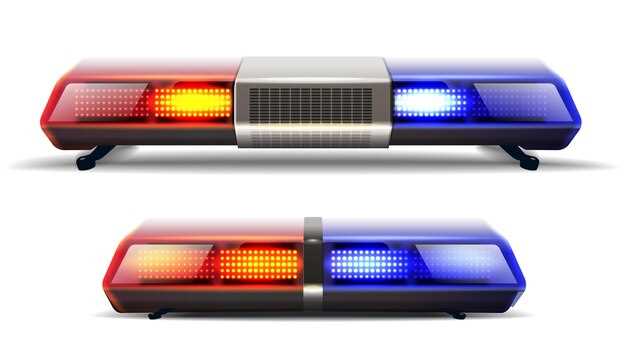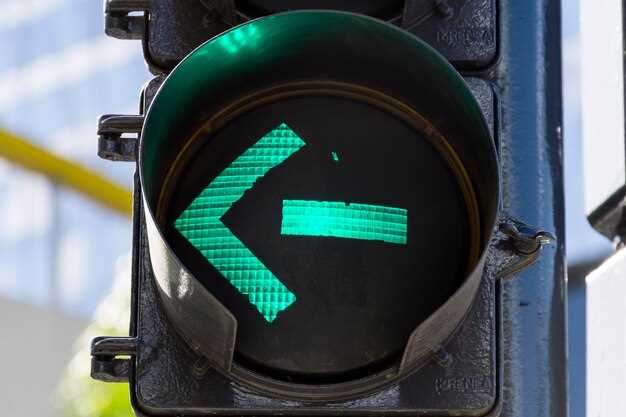
Your vehicle’s dashboard serves as the command center for monitoring its performance and safety. Inside this crucial area, warning lights play a significant role in alerting drivers to potential issues that may arise. Recognizing these symbols is vital for ensuring the longevity of your vehicle and the safety of its occupants.
Each warning light is designed to convey specific information about the state of your car’s systems. Some lights indicate minor issues that can be addressed later, while others signal critical problems that require immediate attention. Understanding what each light means allows drivers to take proactive measures, avoiding costly repairs and unsafe driving conditions.
In this article, we will explore the most common warning lights found on modern dashboards. By familiarizing yourself with these indicators, you’ll be better equipped to respond appropriately, enhancing your driving experience and protecting your investment.
Identifying Critical Dashboard Warning Lights and Their Meanings

Dashboard warning lights serve as vital alerts about your vehicle’s health and performance. Understanding these indicators can help prevent serious issues and ensure your safety on the road. Here are some of the most critical dashboard warning lights and what they signify:
Engine Warning Light: This iconic symbol resembles an engine and indicates a problem with the vehicle’s engine or emissions system. If it illuminates, it’s essential to have your vehicle inspected by a professional as soon as possible to prevent further damage.
Oil Pressure Warning Light: This light appears as an oil can and signals that the oil pressure is low. Low oil pressure can lead to significant engine damage; immediate action is necessary if this alert appears.
Battery/Charging Alert: Represented by a battery icon, this light indicates an issue with the electrical system or charging of the battery. If this light comes on, check the battery connections and have the charging system evaluated.
Brake Warning Light: This symbol, often depicting an exclamation mark within a circle, alerts drivers to various issues, including low brake fluid or problems with the braking system. Ignoring this alert can lead to severe safety risks.
Tire Pressure Monitoring System (TPMS) Light: A flat tire icon signals that one or more tires may be under-inflated. Maintaining proper tire pressure is crucial for safe driving and fuel efficiency, so investigate this alert promptly.
Transmission Temperature Light: This warning light indicates that the transmission is overheating. This can occur due to towing heavy loads or low transmission fluid levels. Addressing this issue quickly can prevent costly repairs.
Being aware of these alerts and understanding their meanings can empower you as a driver. It’s advisable to consult your vehicle’s owner manual for specific explanations of dashboard indicators and take immediate action when any critical light activates.
What to Do When a Warning Light Illuminates: Step-by-Step Responses

When a warning light appears on your vehicle’s dashboard, it is essential to respond promptly to ensure safety and prevent further damage. Here are the steps to take when you notice a warning light.
1. Identify the Warning Light: Consult your vehicle’s owner manual to understand the specific warning light that has illuminated. Different symbols represent various issues, ranging from low oil pressure to brake system failure.
2. Assess the Situation: Evaluate your current driving conditions. If the warning light is red, indicating a critical issue, it is advisable to pull over safely and turn off the engine. If the warning light is yellow or orange, you may have a little more time, but it warrants your attention.
3. Check for Obvious Issues: Look for visible signs of trouble under the hood or around your vehicle. Common checks include inspecting coolant levels, oil levels, and ensuring there are no fluid leaks. If you notice something unusual, take note of it.
4. Reduce Speed and Drive Carefully: If you must continue driving, reduce your speed and drive with caution. Avoid hard braking or sudden accelerations, which could exacerbate the problem.
5. Seek Professional Help: After addressing immediate safety concerns, plan to have your vehicle inspected by a qualified mechanic as soon as possible. Ignoring warning lights can lead to more significant issues and costly repairs.
6. Document the Warning Light: Take notes or pictures of the warning light and any symptoms you observed. This information can be valuable for the mechanic diagnosing the problem.
7. Follow Up: After repairs are made, monitor your vehicle’s performance and watch for any recurring warning lights. Regularly scheduled maintenance can help prevent potential issues from arising.
Preventive Maintenance Tips Based on Warning Light Indicators
Keeping an eye on the dashboard warning lights is essential for effective vehicle maintenance. Each warning light serves as a crucial indicator of your vehicle’s health, helping you address potential issues before they escalate.
1. Engine Warning Light: If the engine warning light illuminates, it could indicate various issues ranging from minor to severe. Regularly check the engine oil level and quality, and ensure that your air filter and spark plugs are in good condition. Scheduled tune-ups can help catch problems early.
2. Battery Warning Light: This light suggests possible battery or alternator issues. To prevent breakdowns, regularly inspect the battery terminals for corrosion, and ensure the battery is securely fastened. Testing the battery’s charge and replacing it every three to five years can also be beneficial.
3. Brake Warning Light: This indicator alerts you to potential brake system problems. Regularly checking brake fluid levels, inspecting brake pads, and ensuring that the brake system is properly maintained will enhance your safety on the road.
4. Tire Pressure Warning Light: Proper tire maintenance is vital for safety and fuel efficiency. Regularly check tire pressure, tread depth, and alignment. Rotate tires every 5,000 to 7,500 miles to promote even wear.
5. Oil Pressure Warning Light: Low oil pressure can lead to engine damage. Monitor oil levels and schedule routine oil changes every 3,000 to 5,000 miles, depending on your vehicle’s needs and oil type.
6. Coolant Temperature Warning Light: Overheating can severely damage your engine. Regularly check coolant levels and ensure the cooling system is functioning properly. Flushing the coolant system periodically can help avoid issues.
By staying vigilant and responsive to the warnings on your dashboard, you can maintain your vehicle’s performance and longevity, ultimately saving time and money on repairs.
